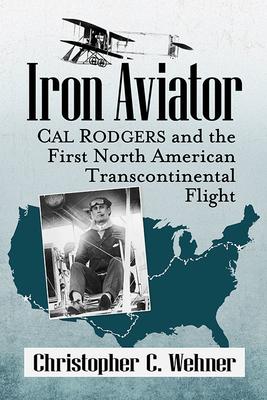In 1911, a legally deaf, beginner pilot with limited training and only 90 minutes of solo flying experience took on newspaper tycoon William Randolph Hearst's $50,000 challenge to be the first aviator to fly across America in 30 days or less. The transcontinental flight was considered by most to be an extremely dangerous and nearly impossible feat, considering roughly half of all pilots perished in the early years of aviation. Less than a decade since the Wright brothers flew at Kitty Hawk, a time when less than two percent of the country had even seen an airplane, Calbraith "Cal" Perry Rodgers drew tens of thousands of people to watch him fly. He survived a grueling journey, making history by becoming the first person to complete an east-to-west transcontinental flight.
In a flimsy aircraft prone to mechanical failure, Rodgers crashed an astonishing 16 times, narrowly avoiding death on numerous occasions. By the time he had reached California and the coast where he would land, on the sand at Long Beach, his story of courage and determination had captured the imagination of an entire nation. This book chronicles the life of Cal Rodgers and depicts the world of aviation during its adventurous, if dangerous, beginnings.
